Description
If you’re looking to effectively learn **Anatomy and Physiology (A&P)**, a workbook can be a great tool to reinforce key concepts and practice applying what you’ve learned. Here’s a guide on how to make the most out of a workbook approach to studying the anatomy and physiology of the human body:
### 1. **Start with the Basics:**
– **Familiarize Yourself with Terminology:** Anatomy and physiology can be intimidating because of the vast amount of technical terminology. Begin by reviewing common prefixes, suffixes, and root words that relate to the human body (e.g., “cardio” for heart, “neuro” for nerves, etc.).
– **Organize the Body Systems:** Break the body down into its various systems—muscular, skeletal, cardiovascular, nervous, etc. This will help you approach the material in digestible chunks.
– **Learn Body Planes and Directional Terms:** Understand terms like anterior, posterior, lateral, and proximal, as they are foundational to describing locations on the body.
### 2. **Use a Workbook with Clear Diagrams and Activities:**
– **Labeling Exercises:** Workbooks with diagrams of body systems, organs, and tissues are invaluable. Practice labeling them repeatedly until you can do so without referencing the answer key. This reinforces memory.
– **Interactive Quizzes and Questions:** After reading a section of material, use the workbook’s quizzes and review questions to test your understanding. These can be particularly effective for reinforcing key concepts.
– **Practice with Case Studies:** Some workbooks include case studies or clinical scenarios. These help apply anatomical and physiological knowledge to real-world situations and improve problem-solving skills.
### 3. **Chunk Learning:**
– **Focus on One System at a Time:** Trying to learn all systems simultaneously can be overwhelming. Focus on one body system (e.g., the skeletal system or the cardiovascular system) at a time. Study its structure (anatomy) and function (physiology), and move on to the next once you feel confident.
– **Use Mnemonics:** Many A&P topics, such as cranial nerves, bones, and muscles, are easier to memorize with mnemonic devices. For example, for the cranial nerves, “Oh, Oh, Oh, To Touch And Feel Very Green Vegetables, AH!” helps recall the names in order.
### 4. **Understand Function and Structure:**
– **Relate Structure to Function:** Anatomy and physiology are deeply intertwined. As you study the anatomy (structure) of organs and systems, always think about how their structure relates to their function. For instance, the shape of the heart, with its four chambers and valves, directly supports its function in pumping blood.
– **Physiology Focus:** In addition to learning the names and locations of structures, focus on understanding how these structures work. For example, how does the heart contract, how does blood flow, how does the nervous system transmit signals, and what happens when things go wrong (diseases or conditions)?
### 5. **Repetition and Active Recall:**
– **Spaced Repetition:** Revisit material regularly to strengthen retention. You can use apps like Anki for spaced repetition flashcards to quiz yourself on key terms, systems, and processes.
– **Active Recall:** Instead of passively reading through material, test yourself by closing your workbook and trying to recall the information. Active recall is one of the most effective memory techniques for learning A&P.
### 6. **Engage Multiple Senses:**
– **Draw and Label:** After studying diagrams in the workbook, try drawing the structures and labeling them from memory. This reinforces the information.
– **Use 3D Models or Apps:** For more interactive learning, consider using apps or online 3D models of the human body to explore different body systems in detail.
### 7. **Integrate Clinical Relevance:**
– **Understand Pathology:** Knowing the normal anatomy and physiology is crucial, but understanding how diseases and conditions alter these processes is equally important. Look for workbook sections that explain common medical conditions related to each system.
– **Real-Life Applications:** Try to understand how A&P knowledge applies to real-world healthcare settings. This could be in terms of diagnosis, treatment, or prevention of diseases.
### 8. **Stay Consistent:**
– **Create a Study Schedule:** Anatomy and physiology is a vast subject. It’s important to pace yourself and stick to a consistent study schedule, reviewing material regularly.
– **Break Study Sessions into Smaller Chunks:** Rather than cramming large amounts of material at once, break your study time into smaller, focused sessions of 30-45 minutes each, followed by a short break.
—
### Recommended Workbooks & Resources for A&P:
– **”Anatomy & Physiology Workbook For Dummies”**: A great resource with interactive exercises and clear explanations of complex topics.
– **”Human Anatomy & Physiology Laboratory Manual”** (by Elaine N. Marieb): Excellent for both theoretical and practical application, with lab exercises that align with real-world anatomical dissection and observation.
– **”Memmler’s The Human Body in Health and Disease” Workbook**: This resource provides exercises and self-assessments to check comprehension and consolidate learning.
– **3D Anatomy Apps (e.g., Visible Body)**: These are not workbooks per se, but using them alongside a workbook can help visualize and interact with anatomical structures in a dynamic way.

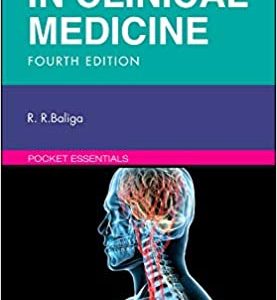
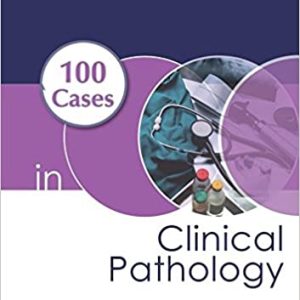
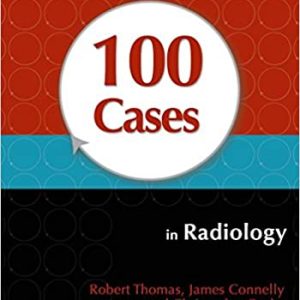
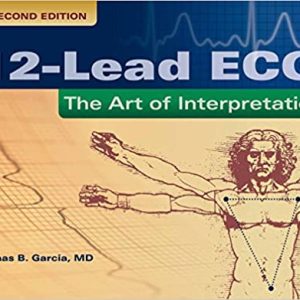



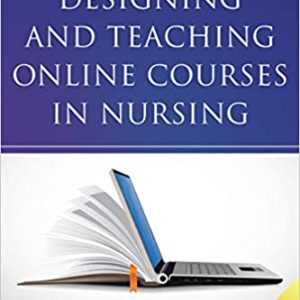
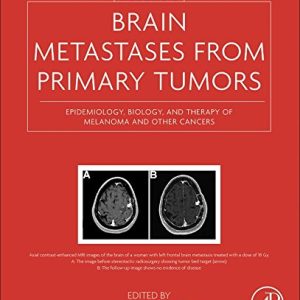
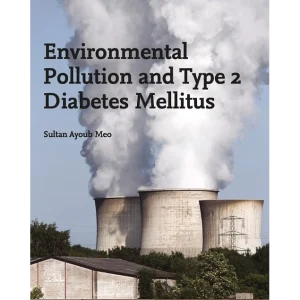
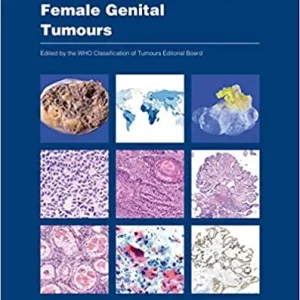
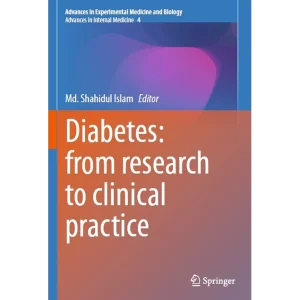
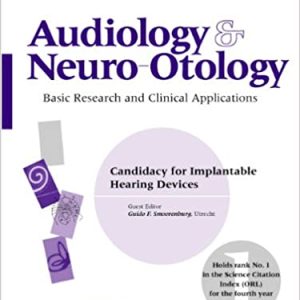
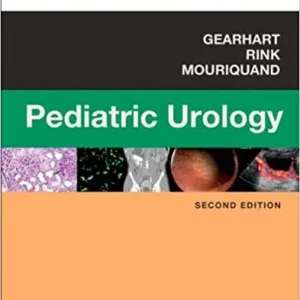
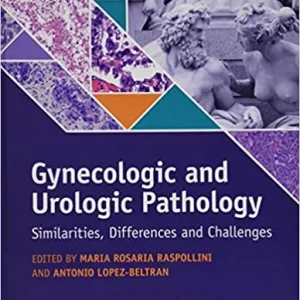
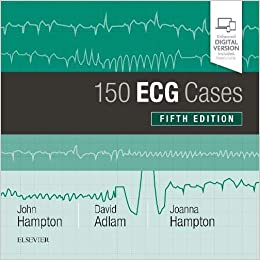
Reviews
There are no reviews yet.